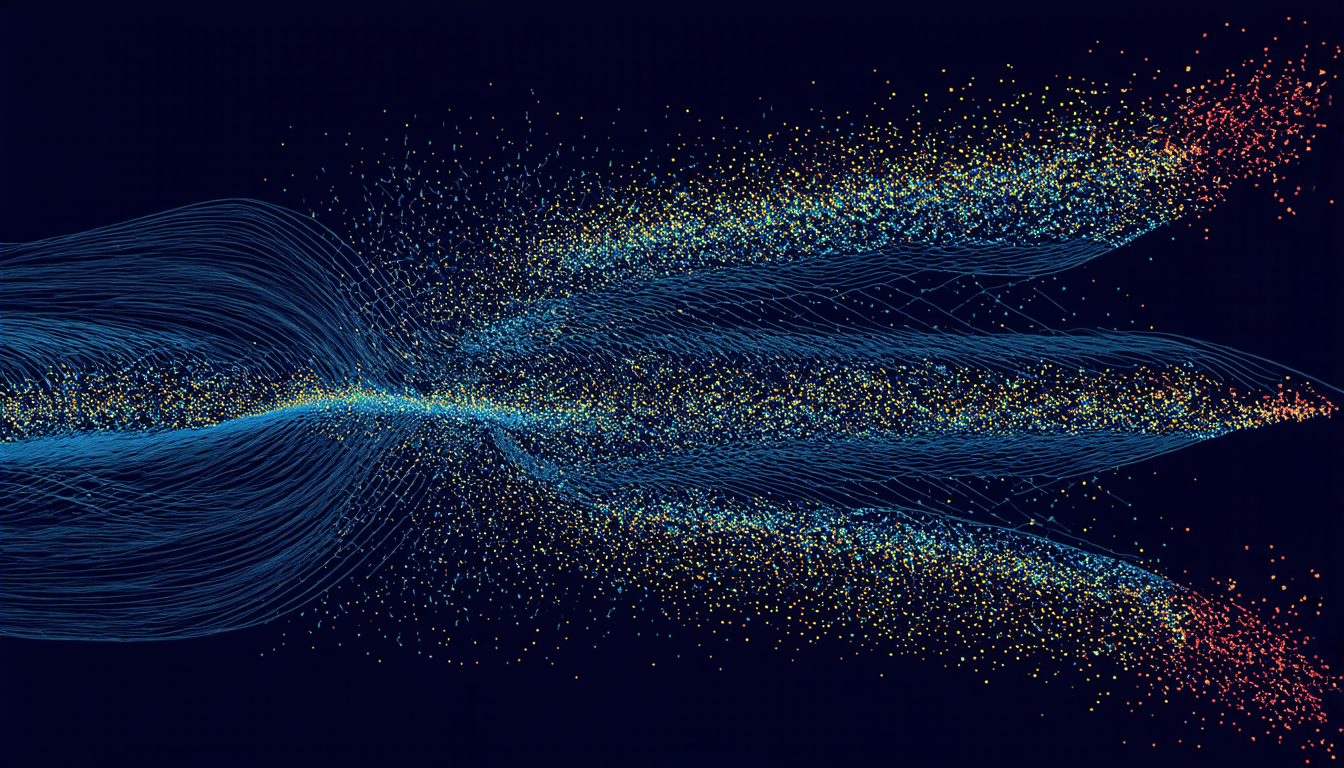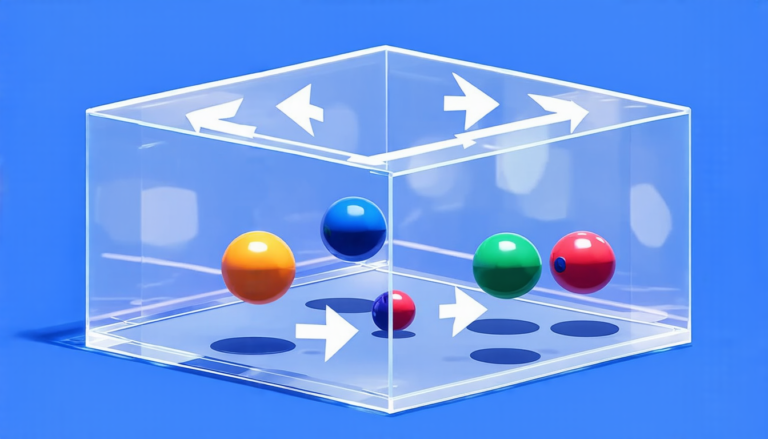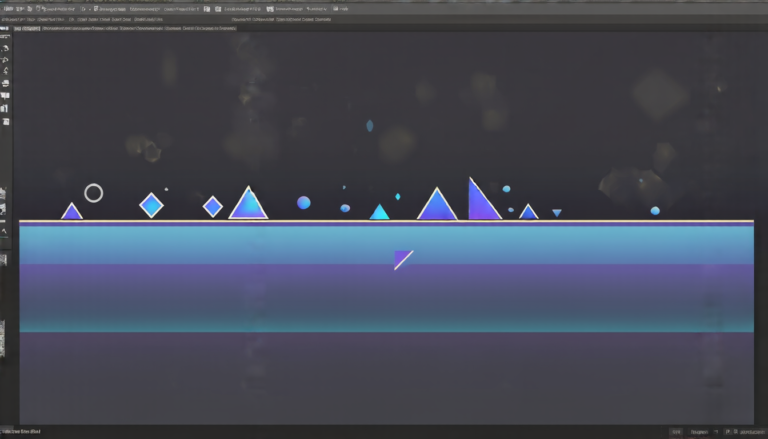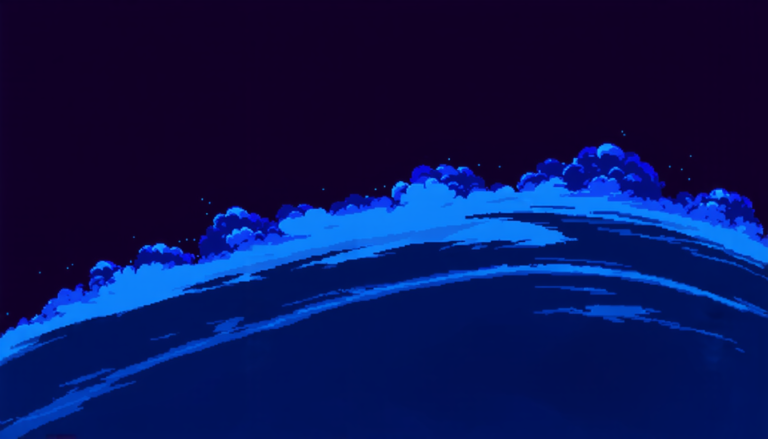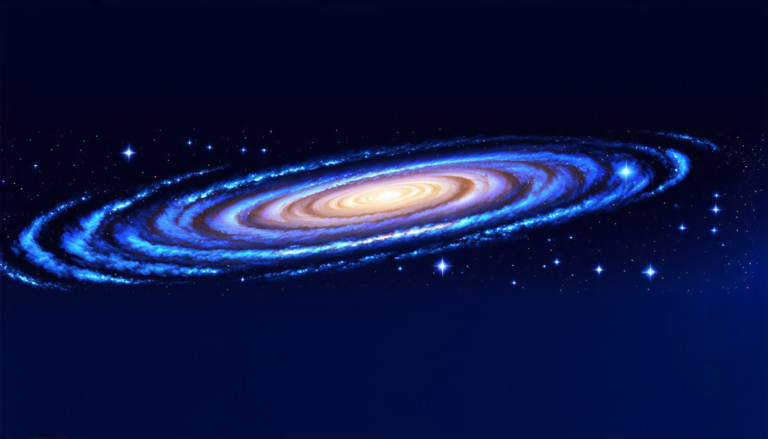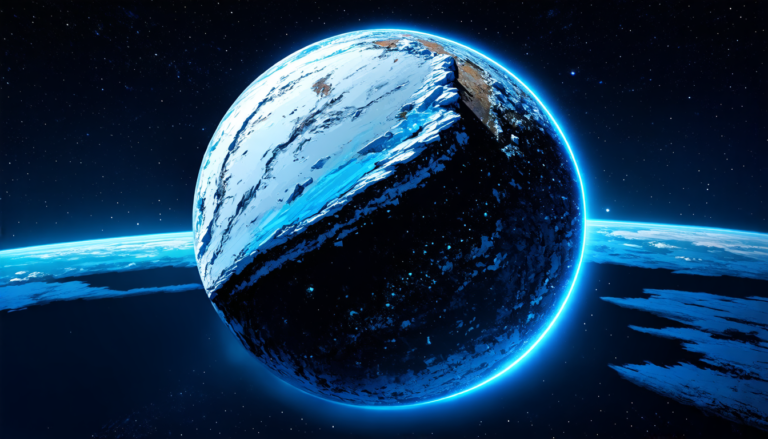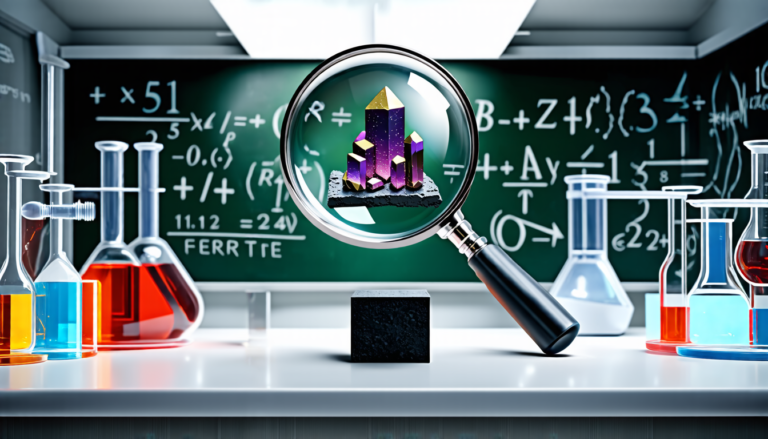Tuesday 22 July 2025
The quest for precise control over quantum information has been a long-standing challenge in the field of physics. Researchers have been working tirelessly to develop methods that can efficiently transmit and store quantum data, but it’s proven to be a daunting task. Recently, scientists made a significant breakthrough by deriving exact analytical expressions for the quantum capacity of a broad class of decohering quantum channels.
Decoherence is a fundamental problem in quantum mechanics. It refers to the loss of quantum properties due to interactions with the environment. In other words, it’s like trying to send a delicate message through a noisy channel. The noise causes errors and distortions, making it difficult to retrieve the original information.
The researchers focused on a specific type of decohering channels called structured decoherence processes. These channels are characterized by a combination of two operations: coherent transmission and decoherent measurement. The team showed that these channels can be degradable, meaning they can be broken down into smaller parts that preserve quantum information.
One of the most exciting findings is that even under strong noise, these channels may retain a nonzero capacity for transmitting quantum information. This challenges our common intuition that complete loss of information occurs when decoherence is maximized.
The implications of this discovery are far-reaching. It provides new insights into the role of coherence-free and partially coherent subspaces in preserving quantum information. This knowledge can be used to develop more effective encoding strategies for quantum memories and fault-tolerant quantum communication systems.
To put it simply, the researchers have cracked the code to better understand how to transmit and store quantum data in noisy environments. This breakthrough has significant potential to revolutionize our understanding of quantum mechanics and its applications.
The team’s findings also shed light on the concept of k-coherence, which measures the degree of coherence between different subspaces. They showed that even under strong decoherence, certain subspaces can retain a nonzero capacity for transmitting quantum information.
In practical terms, this discovery can be applied to develop more efficient methods for quantum communication and cryptography. Imagine being able to send secure messages over long distances without worrying about errors or distortions. This is the kind of technology that could change the way we communicate in the future.
The researchers’ work has opened up new avenues for exploring the mysteries of quantum mechanics. As scientists continue to delve deeper into this field, we can expect even more exciting breakthroughs and innovations that will shape our understanding of the universe.
This discovery is a testament to human ingenuity and the power of scientific collaboration.
Cite this article: “Cracking the Code for Quantum Information Transmission”, The Science Archive, 2025.
Quantum Mechanics, Decoherence, Quantum Information, Quantum Capacity, Structured Decoherence Processes, Coherent Transmission, Decoherent Measurement, K-Coherence, Quantum Memories, Fault-Tolerant Quantum Communication Systems

